Targeted Quantification Studies
Use predefined oxylipin panels to quantify key lipid mediators—ideal for cross-study comparisons or biomarker verification.
Oxylipins are bioactive lipids formed by oxygenation of polyunsaturated fatty acids . They include eicosanoids, specialized pro-resolving mediators, isoprostanes, and plant jasmonates. These molecules regulate inflammation, vascular tone, pain, immune signaling, and stress responses. Because many species are isomeric and unstable, accurate quantification requires rigorous sample handling and targeted mass spectrometry.

Targeted Quantification Studies
Use predefined oxylipin panels to quantify key lipid mediators—ideal for cross-study comparisons or biomarker verification.

Custom Pathway Panels
Tailor your assay to specific biosynthetic branches (COX, LOX, CYP) or signaling mediators relevant to your model.

Treatment-Response Profiling
Quantify oxylipin shifts across different experimental conditions, treatments, or exposures to map biological response.

Time-Course & Kinetic Tracking
Capture the dynamics of lipid mediator release with sampling strategies designed for temporal resolution.

Cross-Matrix Translation Projects
Analyze matched samples across biofluids, tissues, and cells—human, animal, or plant—to assess systemic signaling.

Plant Oxylipin Stress Packages
Quantify jasmonates and related plant lipid signals under abiotic or biotic stress, optimized for diverse crop matrices.
The panel is customizable by matrix and study goals. Below is a representative, validated-or-commonly-validated list for oxylipin analysis by LC–MS(/MS). Availability may vary by matrix and standards.
| Family / Pathway | Representative Analytes (non-exhaustive but practical) |
|---|---|
| Prostaglandins (COX) | PGE2, PGD2, PGF2α, PGF3α, 6-keto-PGF1α (PGI2 metabolite), 13,14-dihydro-15-keto-PGE2, tetranor-PGEM |
| Thromboxanes (COX) | TXB2, 2,3-dinor-TXB2 |
| Leukotrienes (5-LOX) | LTB4, 20-OH-LTB4, 20-COOH-LTB4, LTC4, LTD4, LTE4 |
| Lipoxins / SPMs | LXA4, LXB4 |
| Resolvins (SPMs) | RvE1, RvE2, RvE3; RvD1, RvD2, RvD3, RvD5 |
| Protectins & Maresins (SPMs) | PD1/NPD1, PDX; MaR1 |
| EETs (CYP epoxygenase) | 5,6-EET, 8,9-EET, 11,12-EET, 14,15-EET |
| DHETs (sEH products) | 5,6-DHET, 8,9-DHET, 11,12-DHET, 14,15-DHET |
| HETEs (LOX/CYP) | 5-HETE, 8-HETE, 9-HETE, 11-HETE, 12-HETE, 15-HETE, 16-HETE, 18-HETE, 19-HETE, 20-HETE |
| Oxidized AA (oxo-ETEs) | 5-oxo-ETE, 12-oxo-ETE, 15-oxo-ETE |
| EPA-derived HEPEs | 5-HEPE, 8-HEPE, 9-HEPE, 12-HEPE, 15-HEPE, 18-HEPE |
| DHA-derived HDoHEs/HDHAs | 4-, 7-, 10-, 11-, 13-, 14-, 17-HDoHE (17-HDHA) |
| Linoleate oxylipins | 9-HODE, 13-HODE, 9-oxoODE, 13-oxoODE, 9,10-EpOME, 12,13-EpOME, 9,10-DiHOME, 12,13-DiHOME |
| α-Linolenate oxylipins | 9-HOTrE, 13-HOTrE, 9-oxoOTrE, 13-oxoOTrE |
| Isoprostanes (non-enzymatic) | 8-iso-PGF2α, 8-iso-PGE2, 2,3-dinor-8-iso-PGF2α, neuroprostanes, isofurans |
| Nitro-fatty acids | NO2-OA (nitro-oleic acid), NO2-LA (nitro-linoleic acid) |
| Hydroperoxides (precursors) | 9-HpODE, 13-HpODE, 5-HpETE, 12-HpETE, 15-HpETE |
| Other AA metabolites | 11-, 12-, 15-H-pGF2α (isomeric PGF2α analogs), 15-HETrE |
| Plant oxylipins (JA pathway) | Jasmonic acid (JA), JA-Ile, OPDA (12-oxo-phytodienoic acid), dinor-OPDA, phytoprostanes |
| Conjugated forms (select) | PGE2-glyceryl ester, 13-HODE-G, limited glucuronides/sulfates (upon request) |
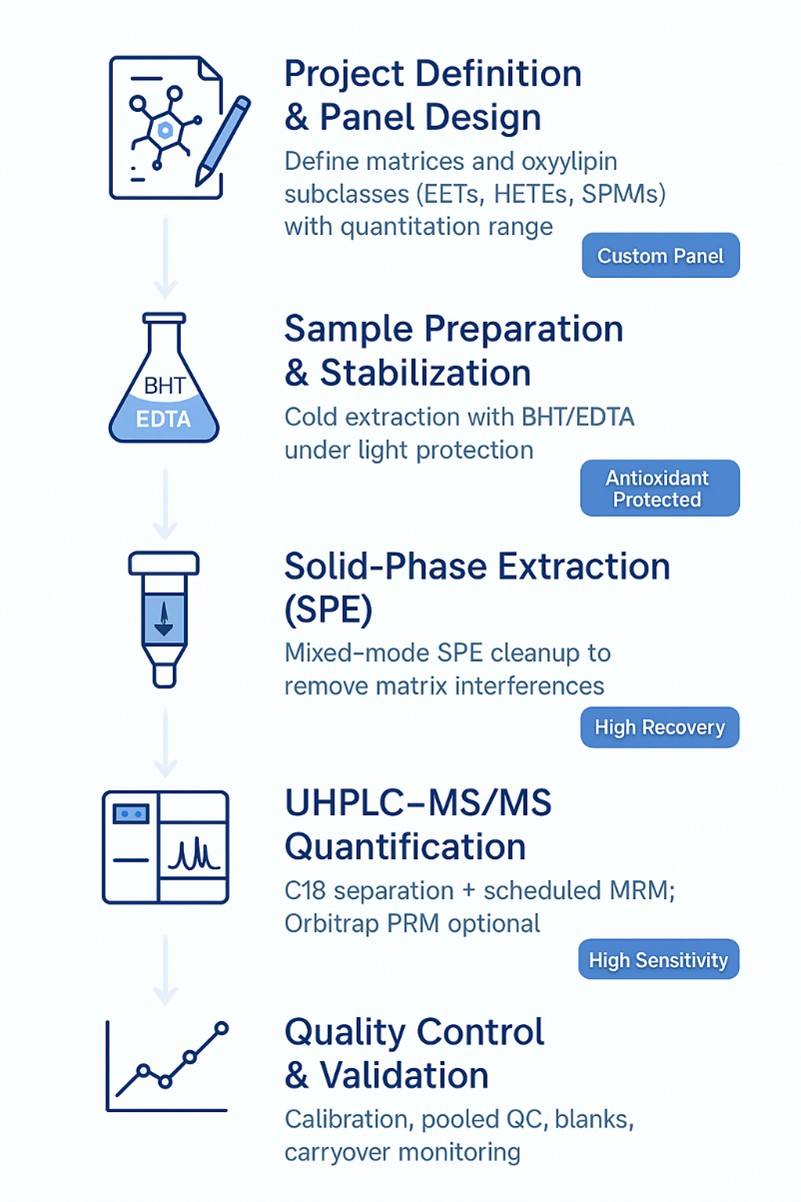
Chromatography
GC-MS option for select classes
Mass spectrometry (primary quant)
High-resolution confirmation (as needed)
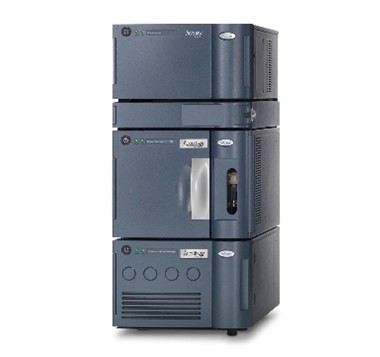
Waters ACQUITY UPLC System (Figure from Waters)
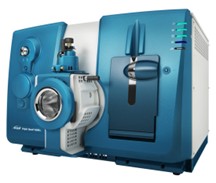
SCIEX Triple Quad™ 6500+ (Figure from Sciex)
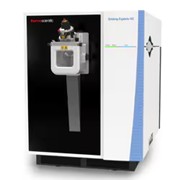
Orbitrap Exploris 480 (Figure from Thermo)
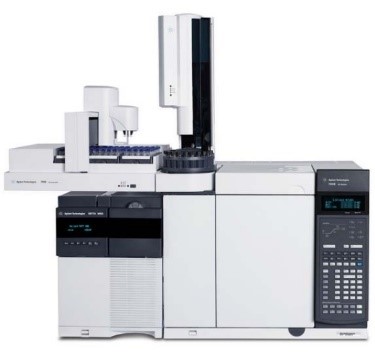
Agilent 7890B-5977B (Figure from Agilent)
Explore our Lipidomics Solutions brochure to learn more about our comprehensive lipidomics analysis platform.

| Matrix | Minimum amount | Container & preservative | Handling & storage | Shipping | Notes |
|---|---|---|---|---|---|
| Plasma/Serum | 200–500 µL | Pre-chilled polypropylene; EDTA; optional BHT | Collect on ice, quick spin, aliquot, freeze at −80 °C | Dry ice | Avoid hemolysis and repeated freeze–thaw |
| Urine | 1–2 mL | Polypropylene; optional BHT | Clarify, aliquot, freeze at −80 °C | Dry ice | Normalize to creatinine if needed |
| CSF | 200 µL | Low-bind tubes | Freeze immediately at −80 °C | Dry ice | Limited volume protocols available |
| Tissue (animal/plant) | 30–100 mg | Cryovials | Snap-freeze; ship on dry ice | Dry ice | Record wet weight; avoid thawing |
| Cell pellets | ≥1×10^6 cells | Low-bind tubes | Wash cold PBS, snap-freeze | Dry ice | Provide cell count and viability |
| Culture media | 1–2 mL | Polypropylene | Clarify, aliquot, freeze | Dry ice | Note serum supplementation |
| Leaf/disc (plant) | 50–100 mg | Foil-wrapped cryovials | Dark, snap-freeze | Dry ice | Protect from light and heat |
If preservatives are restricted, we will propose a redox-safe alternative during intake.
What is the difference between oxylipins and eicosanoids?
Eicosanoids are a subset of oxylipins derived from arachidonic acid; oxylipins also include products from linoleic, α-linolenic, EPA, and DHA, plus plant jasmonates.
Can you separate isomeric species reliably?
Yes. We use optimized C18 gradients and multiple MRM transitions or PRM ion-ratio criteria to resolve key regio- and stereoisomers.
How do you prevent artificial oxidation during prep?
We add antioxidants and chelators, work on ice, minimize light exposure, and shorten processing time.
Do you measure conjugated forms?
We can include selected glucuronides or sulfates if standards and method conditions are defined for your matrix.
Is cross-species analysis supported?
Yes. Methods are available for human, animal, and plant matrices with matrix-matched calibration or surrogates.
How are data normalized for comparison?
We apply isotope dilution, QC-based drift correction, and optional normalization to protein, tissue weight, creatinine, or cell number.
Which analytical platform is most reliable for oxylipins—ELISA, GC-MS, or LC-MS/MS?
MS-based methods (LC-MS/MS or GC-MS) provide higher specificity and accuracy than immunoassays, which can suffer from cross-reactivity among isomers; LC-MS/MS is widely used for targeted mediator panels, while GC-MS remains a robust option for select classes such as F2-isoprostanes.
Do I need high-resolution MS for identity confirmation?
Targeted LC-MS/MS with multiple transitions can quantify most mediators; for low-abundance species (e.g., SPMs) or where isomeric interferences are possible, high-resolution PRM/HRAM overlays and ion-ratio criteria strengthen identification confidence.
Do I need to measure free and esterified oxylipins?
Free oxylipins reflect immediate signaling, whereas the esterified pool is abundant and can serve as a reservoir; many studies underreport the esterified fraction, so your choice should follow the biological question and matrix feasibility.
What does the EET/DHET ratio tell me?
The EET:DHET ratio (or specific 14,15-EET:14,15-DHET) is commonly used as a functional readout of soluble epoxide hydrolase activity and epoxy–diol turnover in vivo.

Services:
Online Inquiry
CONTACT US

